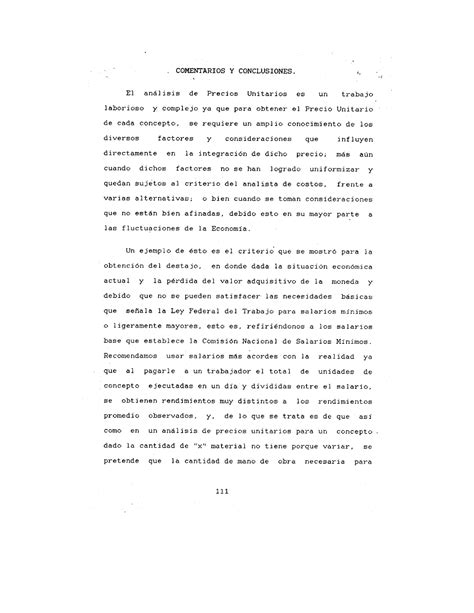Intro
Discover how far 10k steps in miles is, plus tips on tracking daily step distance, mileage, and calories burned, to boost fitness and health with regular walking routines.
Walking is one of the simplest and most effective forms of exercise that individuals can incorporate into their daily routines. It's low-impact, requires no special equipment, and can be done almost anywhere. One of the popular fitness goals for many people is to achieve 10,000 steps per day. But have you ever wondered how far 10,000 steps actually are in miles? Understanding this can help you set realistic goals and track your progress more effectively.
The distance covered by 10,000 steps can vary significantly from person to person, depending on factors such as stride length and walking pace. Generally, a person's stride length is approximately 2.5 to 3 feet. Using this as a basis, we can estimate the distance covered by 10,000 steps. Assuming an average stride length of 2.5 feet, 10,000 steps would equate to about 4.73 miles (since 1 mile equals 5,280 feet). However, this calculation is simplified and doesn't account for individual variations in stride length.
Achieving the goal of 10,000 steps per day can have numerous health benefits. Regular walking can help lower the risk of chronic diseases, such as heart disease, diabetes, and certain types of cancer. It also contributes to weight management, improves mood, and enhances overall physical fitness. For those looking to incorporate more physical activity into their daily routines, aiming for 10,000 steps is a challenging yet achievable target that can be a great starting point.
Understanding the Benefits of Walking

Walking is not just about the physical benefits; it also has a profound impact on mental health. The act of walking can be meditative, allowing individuals to clear their minds and reduce stress levels. Being outdoors and exposed to natural light can also boost vitamin D levels and improve mood. Furthermore, incorporating walking into your daily routine can be a social activity, whether it's walking with friends, family, or joining a walking group, which can help combat loneliness and isolation.
How to Incorporate Walking into Your Daily Routine
Incorporating walking into your daily routine can be easier than you think. Here are a few practical tips to help you get started: - Start small: If you're not used to walking, begin with shorter distances and gradually increase your step count over time. - Schedule it in: Treat walking as a non-negotiable part of your daily routine, just like brushing your teeth or taking a shower. - Find a walking buddy: Having someone to hold you accountable and share the experience with can make walking more enjoyable and help you stick to your routine. - Mix it up: Vary your walking routes to keep things interesting and prevent boredom.Tracking Your Progress
Utilizing a pedometer or a fitness tracker can be a highly effective way to monitor your daily step count. These devices not only track your steps but can also monitor other health metrics such as heart rate, sleep quality, and calorie burn. Seeing your progress can be a powerful motivator, encouraging you to push beyond your current limits and strive for your goals.
Overcoming Challenges
Despite the many benefits, some individuals may face challenges in achieving their daily walking goals. Common obstacles include lack of time, inclement weather, and physical limitations. To overcome these challenges, consider the following strategies: - Find indoor walking locations: Malls, museums, and indoor tracks can be great alternatives when the weather is not favorable. - Schedule walking meetings: Instead of sitting in a conference room, suggest walking meetings to combine work and physical activity. - Incorporate household chores: Activities like vacuuming, mopping, and gardening can contribute to your step count while also being productive.Setting Realistic Goals

Setting realistic and achievable goals is crucial for long-term success. If you're new to walking, aiming for 10,000 steps from the outset might be too ambitious. Instead, start with a lower target and gradually increase it as your body adapts. Celebrating small victories along the way can help maintain motivation and encourage continued progress.
Understanding Your Body
Listening to your body and understanding its limits is essential. If you're just starting out, it's common to experience some level of discomfort or fatigue. However, pushing through pain is not advisable. Rest and recovery are just as important as the walking itself. Ensure you're getting enough sleep, eating a balanced diet, and staying hydrated to support your walking routine.Staying Motivated

Staying motivated can be one of the biggest challenges when it comes to maintaining a regular walking routine. Here are a few tips to help keep you motivated:
- Reward yourself: Achieving milestones, whether it's a certain number of steps or completing a challenging walk, deserves recognition. Treat yourself to something you enjoy as a reward.
- Join a community: Connecting with others who share similar goals can provide support, advice, and motivation.
- Track your journey: Keeping a walking journal or using a mobile app to track your progress can help visualize how far you've come and motivate you to continue.
Exploring Different Environments
Walking in different environments can keep your routine interesting and prevent boredom. Consider exploring local parks, trails, or even walking in your neighborhood. Each environment offers unique sights, sounds, and challenges that can make walking more engaging.Health Considerations

While walking is generally considered safe for most people, there are certain health considerations to be aware of. Individuals with underlying health conditions should consult with their healthcare provider before starting any new exercise routine. Additionally, being mindful of your surroundings, wearing appropriate footwear, and staying hydrated are essential for a safe and enjoyable walking experience.
Preventing Injuries
Preventing injuries is a crucial aspect of maintaining a long-term walking routine. Here are a few tips to help minimize the risk of injury: - Warm up and cool down: Starting and ending your walks with stretching exercises can help prevent muscle strains. - Wear the right gear: Investing in a good pair of walking shoes can make a significant difference in comfort and support. - Listen to your body: If you experience pain or discomfort, stop and rest. It's better to err on the side of caution and avoid pushing through pain.Conclusion and Next Steps

In conclusion, understanding that 10,000 steps equate to approximately 4.73 miles can provide a clearer picture of what your daily walking goal entails. By incorporating walking into your daily routine, you can experience a range of physical and mental health benefits. Remember to start small, track your progress, and stay motivated. Whether you're walking for health, enjoyment, or both, every step counts, and the journey towards your goal is just as important as achieving it.
How many miles are 10,000 steps?
+10,000 steps are approximately 4.73 miles, depending on the individual's stride length.
What are the health benefits of walking 10,000 steps a day?
+Walking 10,000 steps a day can help lower the risk of chronic diseases, contribute to weight management, improve mood, and enhance overall physical fitness.
How can I stay motivated to walk 10,000 steps a day?
+Staying motivated can be achieved by tracking your progress, rewarding yourself for milestones, joining a walking community, and exploring different walking environments.
What are some tips for preventing injuries while walking?
+Preventing injuries can be done by warming up and cooling down, wearing the right gear, and listening to your body to avoid pushing through pain.
How can I incorporate walking into my busy daily routine?
+Incorporating walking into your daily routine can be done by scheduling it in, finding indoor locations during bad weather, and combining walking with other activities like meetings or chores.
We hope this comprehensive guide has provided you with valuable insights and practical advice on achieving your daily walking goals. Whether you're aiming for 10,000 steps or another target, remember that every step counts, and the journey towards better health and well-being is worth taking. Share your walking experiences, tips, and motivations in the comments below, and don't forget to share this article with anyone who might benefit from the information. Together, let's take the first step towards a healthier, happier life.
